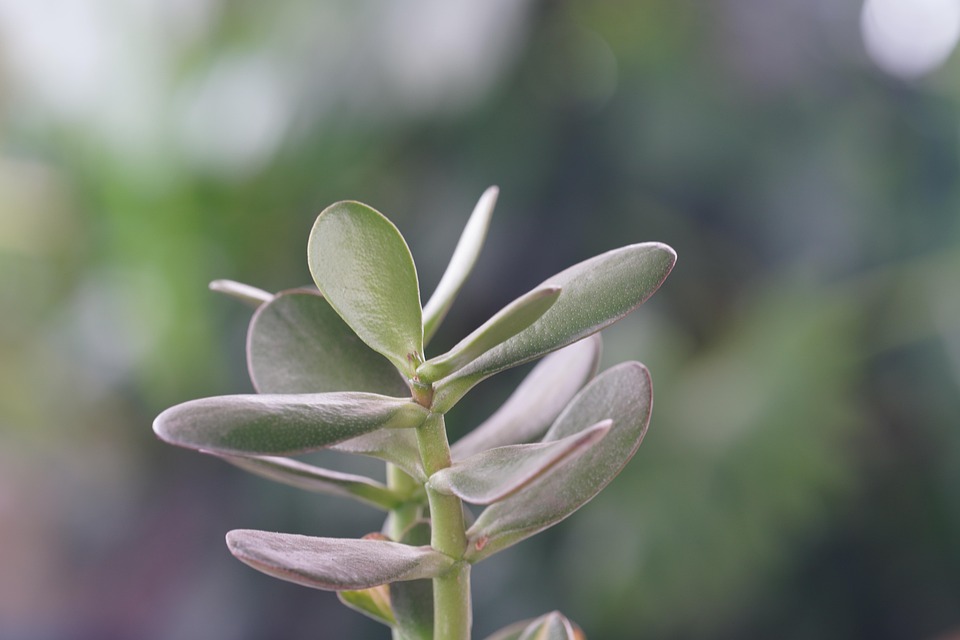In the verdant realm of botany, few plants possess the charm and allure exhibited by the jade plant, often referred to as Crassula ovata. This captivating succulent, with its thick, fleshy leaves, embodies the quintessence of perseverance and vitality. To answer the question at hand: yes, jade is indeed a succulent plant. However, this classification merely brushes the surface of its elaborate identity, which is as multifaceted as the plant itself.
From time immemorial, jade plants have captivated hearts and have become symbols of prosperity and good fortune. Let us delve into the characteristics that cement its identity within the succulent family, explore its unique appeal, and unveil practical considerations for both enthusiasts and novices alike.
The Enigmatic Nature of Succulents
Succulents, as a botanical category, are distinguished by their remarkable adaptations to arid environments. They possess the innate ability to traverse the precipice between life and desiccation, storing water in their tissues. This unique physiology allows them to thrive in climates where moisture is a fleeting whisper. Jade plants are exemplary representatives of this group, with their plump leaves serving as nature’s reservoir, capturing and conserving precious water.
The jade plant’s thickened leaves resemble jade stones, both in color and textural allure, contributing to its identity as a succulent. When conditions are optimal, these leaves burst forth with a vibrant, emerald hue—drawing the eye and igniting the senses. Each leaf is a metaphorical promise, symbolizing growth and resilience, a testament to the sturdiness inherent in the genus Crassula.
Nature’s Design: The Geometry of Jade
In addition to its water-storing capabilities, the jade plant showcases remarkable structural design, characterized by its dense branches and symmetrical leaf pattern. This geometrical precision is not merely decorative; it reflects an evolutionary advantage. The compact architecture reduces surface area, minimizing water loss while maximizing photosynthesis, an energy-harvesting process critical to its survival. Just as a well-constructed fortress can withstand the storm, the jade plant’s structure enables it to endure harsh conditions.
The aesthetic beauty of jade plants, often adorned with clusters of soft white or pink flowers, serves as an invitation for pollinators, further enriching the ecosystem. This interconnectedness with other species emphasizes the jade plant’s role in the botanical tapestry, epitomizing the intricate balance of Nature’s design.
Symbol of Prosperity and Good Fortune
A deep-rooted cultural significance surrounds the jade plant, making it a cherished staple in homes and gardens worldwide. Known as the “money plant” in various cultures, it is often associated with attracting wealth and prosperity. This belief is embedded in numerous traditions, where jade plants are bestowed as gifts during significant life events, ensuring a bountiful future for the recipient.
The jade plant embodies not only physical beauty, but also a philosophical dimension. It serves as a constant reminder of the delicate interplay between nurture and responsibility. Cultivating a jade plant fosters a sense of connection between the caretaker and the natural world, instilling patience and mindfulness. Watching a jade plant flourish can be akin to witnessing the quiet unfolding of fortune—it requires both dedication and regard for the rhythms of life.
Nurturing the Jade: A Gardener’s Guide
For those who choose to welcome a jade plant into their lives, understanding its care requirements is essential. Unlike many traditional houseplants that crave constant moisture and humidity, jade plants thrive on neglect. They flourish in well-draining soil, demonstrating a preference for a potting mix concocted with sand or perlite to enhance drainage. Overwatering—often the most fatal act of kindness—should be avoided; these succulents prefer to remain on the dry side, poising themselves for a slow drink only after the soil has completely dried out.
Light is another pivotal element in the nurturing of jade plants. They bask in bright, indirect sunlight, finding joy in the soft embrace of diffused rays. While they can endure direct sun exposure, excessive sunlight can result in sunburn, manifesting as scorched leaves. Thus, a balance of light becomes imperative, paralleling the delicate dance of life itself.
Additionally, jade plants are relatively forgiving when it comes to temperature fluctuations. They are well-suited for indoor environments, with ideal temperatures ranging between 65°F to 75°F. However, they should be protected from frost, as prolonged exposure to icy conditions can be detrimental to their health.
In conclusion, the jade plant stands as a testament to the resilient spirit of nature—a succulent that encapsulates beauty, symbolism, and practicality. It is not merely a plant but a living piece of art and a steadfast companion through the passages of life. Recognizing its exquisite characteristics as a succulent instills a deeper appreciation for this remarkable botanical entity, prompting admiration for the interplay between growth and survival. As you embark on your journey with the jade plant, may it flourish in your care, serving as a reminder of prosperity and vibrant life.





Leave a Comment